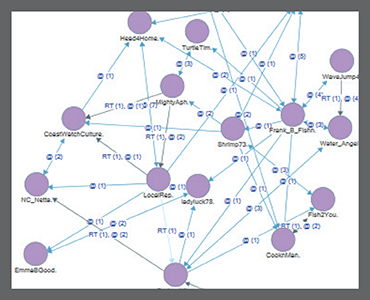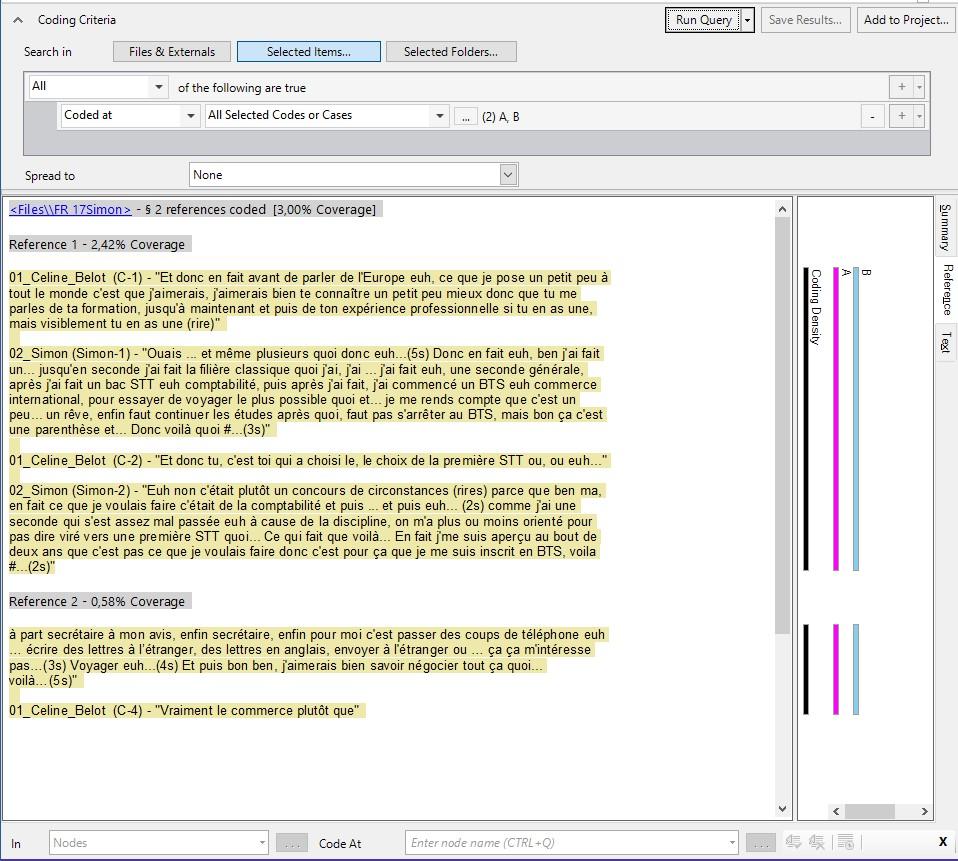
Figure 7: Comparison options for ‘Filter’ For example, ‘In’ will help generate a report on ‘stress among students’ (figure below). In ‘Comparison’, select the appropriate comparison measures. Figure 6: Filter options for running as ‘Report’

For example, here reports is run for the 1 st option, ‘Nodes– Hierarchical Names’ (figure below).

Here, manually select the data to show in the reports. Figure 5: Filter options for running as report

Extracts: To export reports in form of data in text, excel or xml files.įigure 2: Types of reports in Nvivo How to create reports in Nvivo?Ĭlick on ‘Reports’ folder in navigation view to see all automatic report types in list view (figure above).Reports: To create reports with any project item within Nvivo workspace.The ‘Reports’ menu in navigation window contains two sub-folders– ‘Reports’ and ‘Extracts’ (see figure below). Reports can be created in Nvivo workspace or exported as text, excel or xml files. Figure 1: ‘Reports’ folder in main menu of Nvivo It can be generated periodically (to check the progress) as well as in the end as a summary of the research. ‘Reports’ contains a summary of the project. It comprises of two features:Īpart from sources, nodes, classifications, queries and maps, the Nvivo main folder also contains the option of ‘Reports’ (see figure below).

The last section of the module discusses result summarisation. So far, the module discussed data manipulation, processing and representation of qualitative research in Nvivo, with the last article being on Data Visualisation using Concept Mapping.


 0 kommentar(er)
0 kommentar(er)
